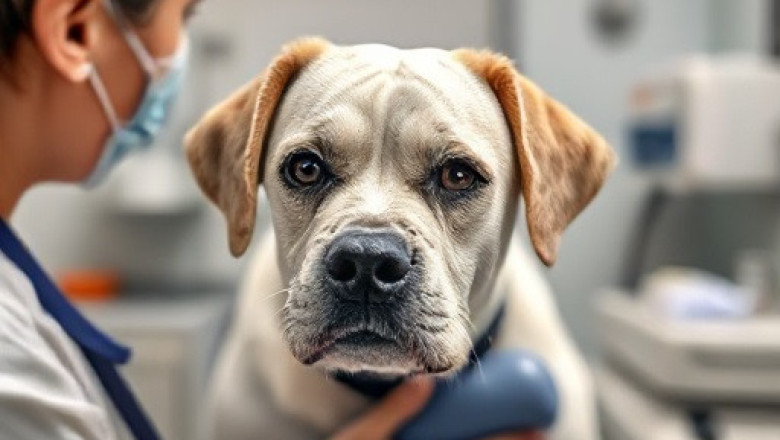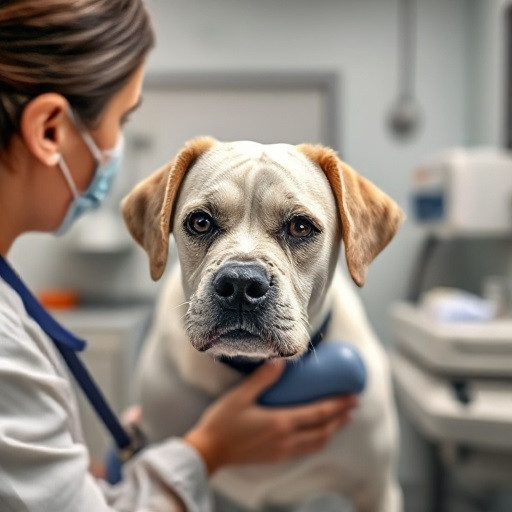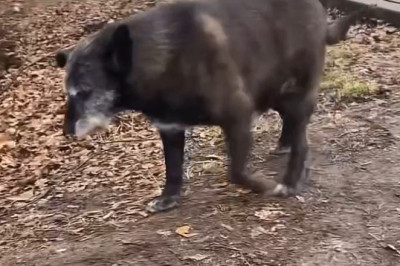
views
My Dog Is Limping On His Front Leg: How I Helped Him
When my dog started limping on his front leg, my heart sank. He’s always been a lively, energetic companion, so seeing him in discomfort was incredibly worrisome. Throughout this article, I’ll share my experience, what the veterinarian diagnosed, how I helped my dog, and what could be causing your dog’s limp according to veterinary experts.
The Initial Symptoms
It all began one morning when I noticed my dog, Max, favoring his front leg. At first, I thought it might be a minor sprain from his rambunctious play the day before. However, as the day progressed, his limp became more pronounced, and he appeared to be in pain. Seeing my usually spirited dog struggling was heartbreaking.
Seeking Veterinary Advice
I decided to take Max to the veterinarian to get a professional opinion. The veterinarian conducted a thorough examination, asking detailed questions about Max’s recent activities, diet, and any previous medical issues. After some initial assessments, including palpating his leg and observing his gait, the vet recommended an X-ray to get a clearer picture of what might be going on.
The Diagnosis
The X-ray revealed that Max had a mild case of osteoarthritis in his front leg. Osteoarthritis, also known as degenerative joint disease, is a common condition in dogs, especially as they age. It involves the gradual deterioration of cartilage, leading to pain and stiffness in the affected joints. In Max’s case, the arthritis was likely exacerbated by a minor injury sustained during play.
Developing a Treatment Plan
With a diagnosis in hand, the veterinarian and I discussed a comprehensive treatment plan to help manage Max’s condition and improve his quality of life.
Pain Management
The first step was addressing Max’s pain. The vet prescribed a non-steroidal anti-inflammatory drug (NSAID) to help reduce inflammation and alleviate discomfort. It was essential to follow the prescribed dosage and monitor Max for any potential side effects, such as gastrointestinal upset.
Joint Supplements
In addition to pain medication, the vet recommended incorporating joint supplements into Max’s diet. Supplements containing glucosamine and chondroitin can help support joint health and slow the progression of osteoarthritis. These supplements are available in various forms, including chewable tablets and powder that can be mixed with food.
Weight Management
Maintaining a healthy weight is crucial for dogs with arthritis, as excess weight can put additional strain on their joints. While Max was already at a healthy weight, I made sure to monitor his diet closely, avoiding high-calorie treats and opting for nutrient-dense, low-calorie alternatives.
Exercise and Physical Therapy
Regular, low-impact exercise is essential for dogs with arthritis. It helps maintain muscle mass and joint flexibility without causing further damage. I started incorporating gentle walks into Max’s daily routine, ensuring he wasn’t overexerting himself. Additionally, the vet suggested considering physical therapy, such as hydrotherapy or laser therapy, to help manage Max’s symptoms.
At-Home Care and Monitoring
While following the veterinarian’s recommendations, there were also several steps I took at home to ensure Max’s comfort and well-being.
Comfortable Resting Areas
Providing Max with comfortable resting areas was a priority. I invested in an orthopedic dog bed that offered ample support for his joints. Placing the bed in a quiet, easily accessible area allowed Max to rest without needing to climb stairs or navigate obstacles.
Gentle Massage
I began incorporating gentle massages into Max’s daily routine. Massaging the muscles around his affected joint helped improve circulation and reduce stiffness. It was important to be gentle and avoid applying too much pressure, focusing on soothing strokes that Max seemed to enjoy.
Monitoring and Adjusting
Throughout Max’s treatment, I closely monitored his progress and adjusted his care as needed. Regular check-ups with the veterinarian ensured that his condition was being managed effectively, and any necessary changes to his treatment plan were made promptly.
Potential Causes of Limping in Dogs
While Max’s limping was due to osteoarthritis, there are several other potential causes of limping in dogs. Understanding these can help you identify the underlying issue and seek appropriate veterinary care.
Injury
Injuries, such as sprains, strains, or fractures, are common causes of limping. Dogs can injure themselves during play, exercise, or even by jumping off furniture. If your dog’s limp is sudden and accompanied by swelling or bruising, an injury may be the culprit.
Infections
Infections, particularly those affecting the joints or bones, can cause pain and limping. Conditions like Lyme disease, which is transmitted by ticks, can lead to joint inflammation and lameness.
Growth-Related Issues
Puppies and young dogs may experience growth-related issues that lead to limping. Conditions such as panosteitis (growing pains) or hypertrophic osteodystrophy (HOD) can cause intermittent lameness during periods of rapid growth.
Neurological Conditions
Neurological conditions, such as intervertebral disc disease (IVDD) or nerve damage, can result in limping and altered gait. These conditions often require specialized veterinary care and may involve imaging studies like MRI or CT scans.
Tumors
While less common, tumors affecting the bones or soft tissues can cause limping. If your dog’s limp is persistent and accompanied by other concerning symptoms, such as unexplained weight loss or a noticeable lump, it’s important to seek veterinary evaluation.
Conclusion
Seeing Max limp on his front leg was a distressing experience, but with prompt veterinary care and a comprehensive treatment plan, we were able to manage his condition and improve his quality of life. If your dog is limping, it’s crucial to seek professional veterinary advice to determine the underlying cause and develop an appropriate treatment plan. By understanding your dog’s needs and providing compassionate care, you can help them lead a happy and comfortable life.





















Comments
0 comment